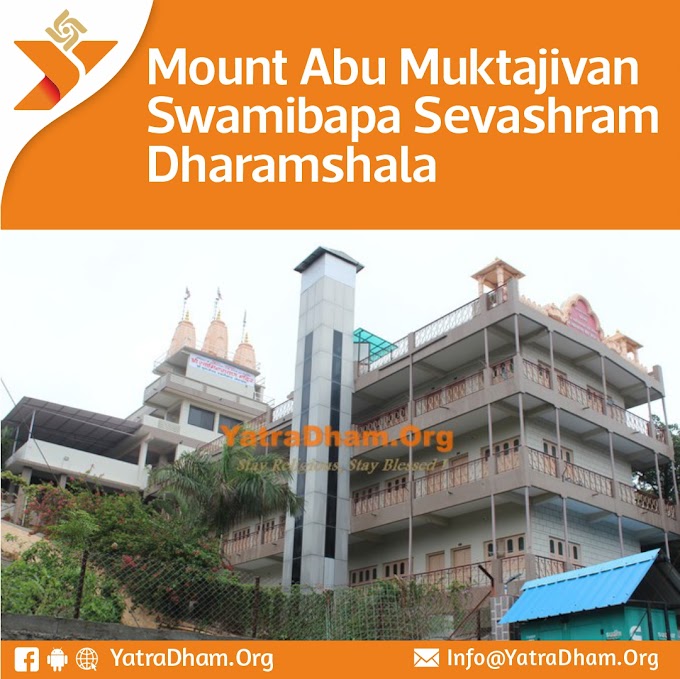Jagannath Puri Mandir, also known as the Jagannath Temple or Shree Mandir, is a famous Hindu temple located in Puri, Odisha, India. Here are some key Jagannath Puri Mandir Facts about the temple:

1. Significance: The Jagannath Puri Mandir is one of the Char Dham pilgrimage sites for Hindus, and it holds great religious and cultural significance in Hinduism. It is dedicated to Lord Jagannath, a form of Lord Vishnu, along with his siblings, Balabhadra (Balarama) and Subhadra.
2. History: The temple’s construction dates back to the 12th century and is associated with the Eastern Ganga dynasty. However, the temple has undergone multiple renovations and expansions over the centuries.
3. Architecture: The temple is renowned for its architectural grandeur and is a classic example of Kalinga style of architecture. It features a towering spire (Shikara) rising to a height of 65 meters (214 feet) and is adorned with intricate carvings and sculptures.
4. Rath Yatra: The annual Rath Yatra, or Chariot Festival, held at the Jagannath Puri Mandir is one of the most famous religious processions in India. During this festival, the deities of Lord Jagannath, Balabhadra, and Subhadra are placed on massive wooden chariots and pulled through the streets by devotees.
5. Non-Discrimination: The temple is known for its unique practice of allowing devotees from all castes and religions to enter and worship. It upholds the principle of equality and is one of the few temples in India where non-Hindus are also permitted to enter.
6. Prasad: The temple is famous for its offering of Mahaprasad, which is considered highly sacred. The Mahaprasad is cooked in the temple kitchen, and thousands of devotees partake in it daily. The temple is said to be the largest kitchen in the world, where food is prepared without the use of firewood or modern cooking equipment.
7. Nabakalebara: Every 12 to 19 years, the temple witnesses the Nabakalebara festival, which involves the renewal of the wooden idols of Lord Jagannath, Balabhadra, Subhadra, and Sudarshana. During this ceremony, the old idols are replaced with new ones made from sacred neem trees.
8. Temple Complex: The Jagannath Puri Mandir is part of a vast temple complex known as the Shree Kshetra, which covers an area of over 400,000 square feet. The complex includes numerous smaller temples, gardens, and administrative buildings.
9. Rituals: The temple follows a strict set of daily rituals and ceremonies that are performed by specially appointed priests. These rituals include various sevas (offerings) and aratis (devotional ceremonies) conducted at specific times throughout the day.
10. Preservation: The Jagannath Puri Mandir is a protected monument under the Archaeological Survey of India (ASI) and is subject to conservation efforts to preserve its historical and cultural significance.
Please note that while I strive to provide accurate and up-to-date information, it’s always a good idea to cross-reference with official sources for the most current and precise details about the Jagannath Puri Mandir.
For more information Visit: https://blog.yatradham.org/jagannath-puri-mandir-facts/




0 Comments